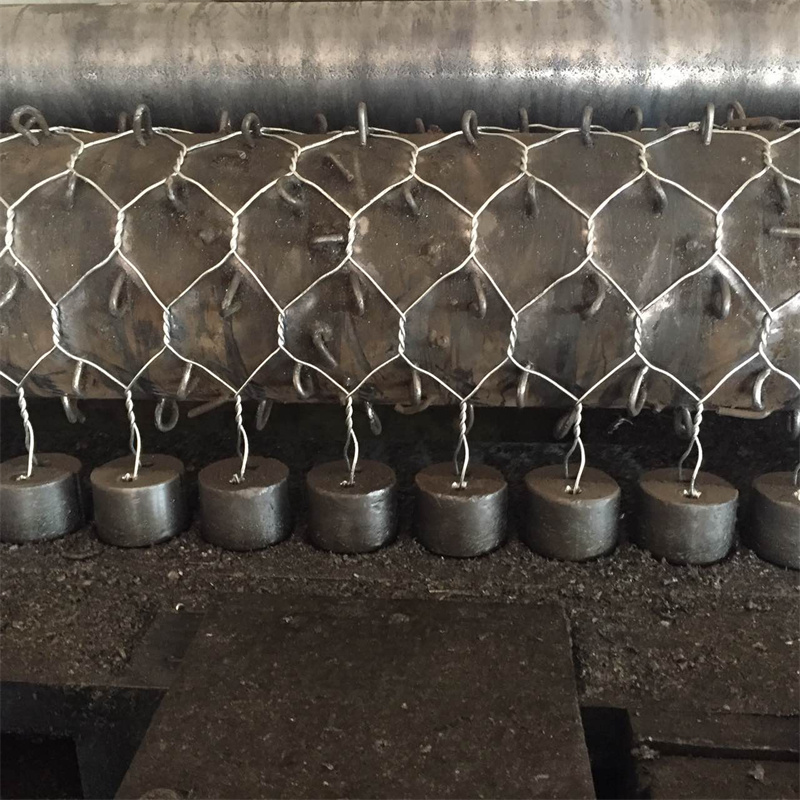Oct . 22, 2024 11:27 Back to list
Seamless Texture for Gabion Wall Design and Construction
The Aesthetic and Practical Appeal of Gabion Wall Seamless Textures
In the realm of contemporary architecture and landscaping, gabion walls have emerged as a popular choice due to their unique blend of functionality and aesthetic appeal. Composed primarily of stone-filled wire cages, these structures not only offer stability and support but also enhance the visual landscape of their surroundings. When it comes to visualizing these structures in digital formats, the use of seamless textures plays a crucial role in conveying the authenticity and tactical nature of gabion walls. In this article, we will explore the significance of gabion wall seamless textures, their applications, and how they contribute to the overall design and functionality of various projects.
Understanding Gabion Walls
Gabion walls have a storied history, initially used for military fortifications due to their resistance to erosion and their capacity to absorb shock. Nowadays, they have been adopted in civil engineering, landscape design, and architectural projects thanks to their environmental advantages. The cages which hold the stones can be made of various materials, primarily galvanized steel, and are filled on-site with local stones, allowing for flexibility regarding aesthetics and sustainability.
The versatility of gabion walls makes them suitable for various applications, including retaining walls, sound barriers, and decorative landscape features. They provide not only structural integrity but also a natural, rustic appearance that can blend seamlessly into the environment.
The Importance of Seamless Textures
As digital representation becomes increasingly important in design processes, seamless textures serve as a bridge between imagination and reality. A seamless texture simulates a continuous surface with no perceptible boundaries, providing a more realistic portrayal of materials like gabion walls. When designed for use in 3D modeling, these textures can enliven digital environments, allowing architects, designers, and visual artists to create immersive visuals that accurately reflect the physical world.
Seamless textures allow designers to apply the gabion wall's visual characteristics—such as the arrangement of stones and the grid pattern of the wire—without the distracting seams typically seen in tileable textures. This continuity helps in visual storytelling, making the viewer feel as if they are standing right next to an actual gabion wall.
gabion wall seamless texture

Applications in Design
Various fields utilize gabion wall seamless textures to enhance their projects. In landscape architecture, for instance, these textures contribute to the natural aesthetic of gardens, parks, and public spaces. The combination of stone and wire frames can create an eye-catching focal point or serve as an unobtrusive boundary that harmonizes with its environment.
In urban planning, gabion walls are frequently incorporated into streetscapes and parks to mitigate soil erosion, manage water runoff, and promote biodiversity. The seamless textures can be used in digital renderings to simulate how these walls will appear in real settings, providing stakeholders with a better understanding of the final outcome.
In the realm of commercial design, seamless textures of gabion walls can enhance presentations and marketing materials, allowing clients to visualize their space accurately. This clarity in design helps convey the essential qualities of durability and a connection to nature that gabion walls embody.
Sustainable Aesthetics
Emphasizing sustainability, gabion walls, paired with seamless textures, align perfectly with eco-friendly design principles. By utilizing local stones, they reduce carbon footprints while supporting local economies. The visual representation of these materials through seamless textures amplifies the message of sustainability, showcasing a forward-thinking approach to design that respects the environment.
Conclusion
Gabion wall seamless textures encapsulate the beauty and practicality of these structures, bridging the gap between design and reality. Whether in landscape architecture, urban planning, or commercial design, they offer a means to create visually appealing projects that are grounded in sustainability. As the world continues to embrace innovative and responsible architectural practices, the role of textures in guiding this narrative will only grow, making gabion walls a timeless choice for designers who value both form and function.
-
The Role of Galvanized Gabion Mesh in Riverbank Protection
NewsJun.26,2025
-
The Role of Gabion Basket Raised Bed in Sustainable Gardening
NewsJun.26,2025
-
Quality Assurance of Wire Mesh Gabion Baskets
NewsJun.26,2025
-
Installation Guide for Welded Gabion Box
NewsJun.26,2025
-
How to Choose the Right Gabion Box
NewsJun.26,2025
-
Different Types of Gabion Wire Mesh
NewsJun.26,2025
-
Why PVC Coated Gabion Mattress Is the Best Solution for Long-Term Erosion Control
NewsMay.23,2025






